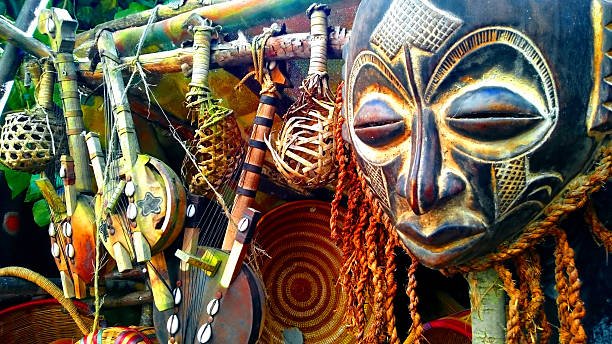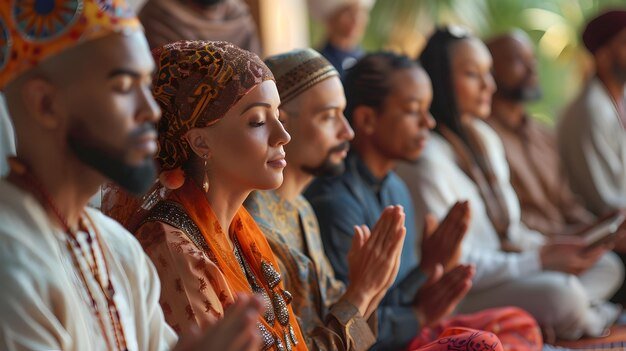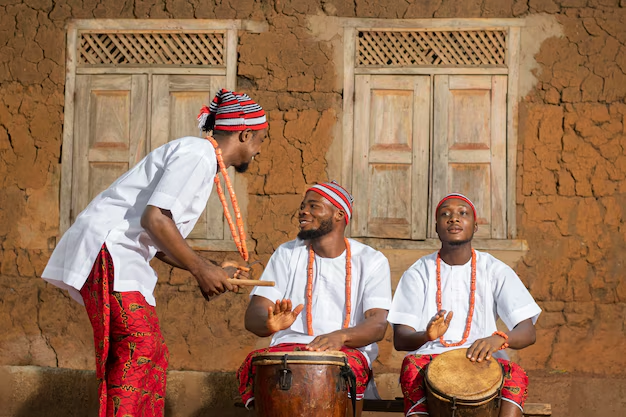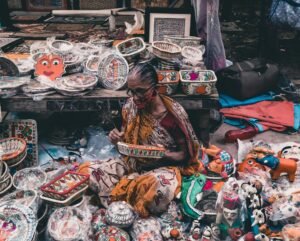Cores da Terra: The Art and Craftsmanship of African Heritage
African art and craftsmanship reflect the rich cultural heritage and diverse traditions of the continent. Cores da Terra showcases how these artistic expressions are not only visually striking but also deeply rooted in history and community. From intricate beadwork to vibrant textiles, each piece tells a story that connects the past with the present.
Exploring African aesthetics reveals the significance of art in everyday life and spiritual practices. The craftsmanship involved often utilizes natural materials, emphasizing a connection to the earth and ancestral traditions. This dedication to authenticity enhances the cultural value of the artworks and supports artisans in their communities.
Readers will discover how African art transcends mere decoration, serving as a powerful medium of communication and identity. Engaging with this topic allows for a deeper appreciation of the artistry and the stories behind each creation, making it a fascinating area to explore.
Historical Context of African Art and Craftsmanship
African art and craftsmanship are deeply intertwined with historical, cultural, and environmental factors. Understanding these elements offers insights into the unique expressions of creativity found across the continent.
Influence of Environment on African Art
The diverse environments of Africa have significantly shaped its artistic practices. Different regions showcase distinct materials, such as wood, clay, metal, and fibers, which artists utilize based on availability. For example, the savannas produce ample timber, leading to intricate wooden sculptures, while coastal areas inspire marine-themed crafts using shells and beads.
Climate also influences design choices. In hotter regions, light textiles and open designs prevail, while in colder areas, heavier materials are favored for warmth. These adaptations reflect the harmony between the environment and creativity.
Symbolism and Cultural Significance
African art is rich in symbolism, often reflecting spiritual beliefs, social values, and communal identities. Each piece carries meanings that resonate with the community, serving functions beyond aesthetics. Masks, for instance, are integral to rituals, embodying ancestral spirits or societal roles.
Patterns and colors used in textiles convey messages related to status, heritage, and beliefs. These elements reinforce cultural narratives and foster a sense of belonging. The intricacies in designs are often tied to oral traditions and rituals, anchoring artistic expressions within broader societal contexts.
Evolution Through Time
The evolution of African art and craftsmanship reflects historical changes, including colonization and globalization. Traditional techniques have adapted and transformed through interactions with other cultures. For example, the introduction of new materials led to hybrid styles that retain traditional essence.
Contemporary artists draw from historical practices while integrating modern techniques, creating dynamic works that resonate globally. This evolution signifies not only a continuity of cultural expression but also an adaptation to modern influences, showcasing resilience and innovation in African art.
Materials and Techniques
The art and craftsmanship of Africa are deeply rooted in diverse materials and methods. Both traditional knowledge and contemporary innovations contribute significantly to the artistic landscape, allowing artisans to express culture and identity effectively.
Traditional Materials Used
African artisans utilize a wide array of traditional materials that vary by region and culture. Commonly used materials include:
- Clay: Primarily for pottery and sculptures, clay is shaped and fired to create functional and decorative items.
- Wood: Many crafts, such as masks and sculptures, are carved from various types of wood, each carrying cultural significance.
- Textiles: Fabrics like Kente, mud cloth, and batik reflect regional identities and are often handwoven or dyed using natural dyes.
- Beads: Made from materials like glass, stone, or seeds, beads are used in jewelry and as decorative elements on clothing.
These materials are often sourced from the local environment, emphasizing sustainability and the connection between artisans and their communities.
Artistic Techniques and Process
Artistic techniques across Africa reflect cultural heritage and individual expertise. Techniques include:
- Sculpting: Involves carving and shaping materials like wood and clay. Each region has its signature style, often linked to spiritual beliefs or historical narratives.
- Weaving: Traditional looms are used to create intricate textiles. Patterns often tell stories or represent social status.
- Dyeing: Techniques like batik and tie-dye involve intricate methods of applying dyes to fabrics, creating vibrant patterns with meaning.
- Beadwork: Involves stringing beads to create intricate designs that can represent social status, personal stories, or community identity.
Each technique reflects a blend of practicality and artistry, forming a significant aspect of African cultural expression.
Innovation in Contemporary Practices
Contemporary African artisans are adapting traditional techniques to modern contexts. Innovations include:
- Mixed Media: Artists are incorporating various materials, such as metal and plastic, into traditional designs, creating unique artworks that resonate with both heritage and modernity.
- Digital Technology: Some artisans are using digital platforms for design and marketing, reaching a global audience with their work.
- Eco-Friendly Practices: Sustainability is increasingly important. Artisans explore eco-friendly materials and practices, promoting environmental awareness.
- Collaborative Projects: Contemporary initiatives often involve collaboration among artists, blending different cultural influences and ideas to create new artistic expressions.
This fusion of tradition and innovation keeps African craftsmanship vibrant and relevant in today’s global art market.














Publicar comentário